The Risky Game with Divisionals
November 2, 2024
This will only be a very short post, but one important new development on the borderline of patent law and antitrust law shall not be left unnoticed on this blog. The European Commission has fined Teva a whopping €462.6 million for abusing its dominant position to delay competition to its blockbuster medicine for the treatment of multiple sclerosis, Copaxone (API: Glatiramer acetate). According to this Press Release, the Commission found that Teva artificially extended the patent protection of Copaxone and systematically spread misleading information about a competing product to hinder its market entry and uptake.
The "artificial extension" of the patent protection was said to have resulted from
misusing the European Patent Office's (“EPO”) rules and procedures on divisional patents. Divisional patents derive from an earlier ‘parent' patent application and share similar content, but may focus on different aspects of the invention and are treated independently when it comes to assessing their validity. In this specific case, Teva filed multiple divisional patent applications in a staggered way, creating a web of secondary patents around Copaxone focusing on the manufacturing process and the dosing regimen of glatiramer acetate. Rivals challenged these patents to clear the way to the market. Pending review by the EPO, Teva started enforcing these patents against competitors to obtain interim injunctions. When the patents seemed likely to be revoked, Teva strategically withdrew them, to avoid a formal invalidity ruling, which would have set a precedent threating other divisional patents to fall like dominos. By doing so, Teva forced competitors to repeatedly start new lengthy legal challenges. This tactic allowed Teva to artificially prolong legal uncertainty over its patents and, potentially, hinder the entry of competing glatiramer acetate medicines. All Teva's divisional patents have now been annulled.
This decision by the Commission, which is certainly appealable to the CJEU and not yet final, seems to be the first wherein "Playing The Divisionals Game" has been held to be an abuse of a dominant market position under Art 102 TFEU.
However, it should be noted that Teva was fined for two reasons, i.e. "playing the divisional game" and a "disparagement campaign". Thus, it remains unclear to me - at least from the press release - whether playing this "Divisional Game" alone would also have triggered such a fine. The Commission does also not criticize the filing of divisional applications and their occasional abandonment as such. Nonetheless, I would certainly take their decision as a warning sign that divisional applications should at least be properly pursued and defended, if a decision is made to enforce them. Otherwise, as Teva has learned, the commercial risk can be significant.
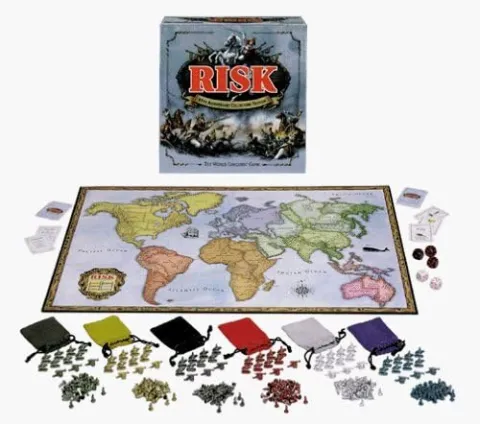
Freder73, CC BY-SA 4.0 <https://creativecommons.org/licenses/by-sa/4.0>, via Wikimedia Commons
Of practical interest could also be the fact that the Commission seems to have conducted a dawn raid into several of Teva's premises and "also relied on documents from Teva's in-house lawyers who were involved in the design of its abusive strategy to protect Copaxone. In-house lawyer communications are not privileged under EU law."
Nice weekend, everyone!
You may also like


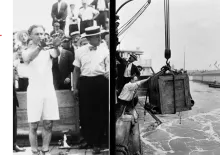
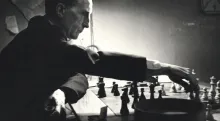




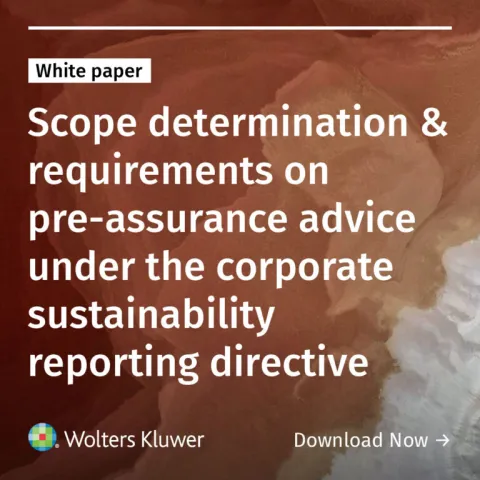
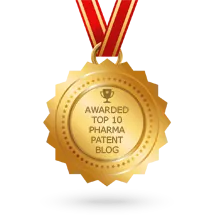
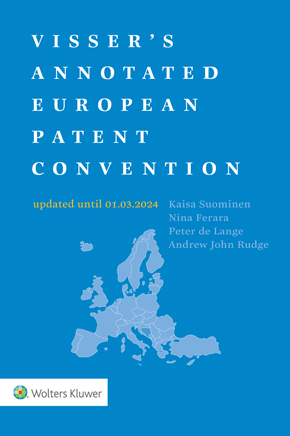
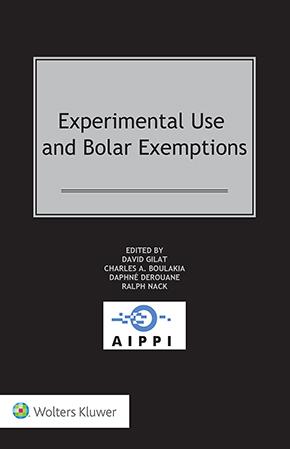

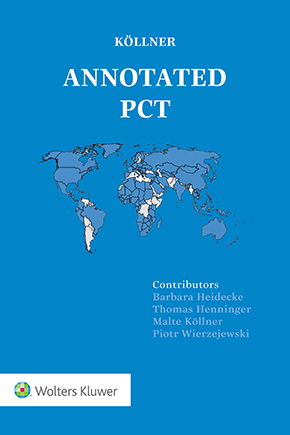

Your Patent Dispute Resolver
The EC apparently does not master the EPC language, as shown by the statement "All Teva’s divisional patents have now been annulled." What do they mean by "annuled" ? Revoked ? Withdrawn ? Refused ? A combination of these three EPC options ? If you are not familiar with the EPC and/or the EPO's workflow, do not write about it, unless you wish to appear incompetent....
DXThomas
Der Thorsten, The present decision of the Commission shows that the former lady President of the EPO had a point when she considered that divisional applications could be misused in leaving third party in the dark about the actual scope of protection. It would be surprising if no appeal would be filed at the ECJ. The problem was that the rule which was then concocted by the legal department was so complicated and abstruse that it had to be given up. The number of cases in which misuse was manifest is relatively low, even if it can make a world of difference for competitors. When one looks at blockbuster drugs, it is not infrequent to see not only series of divisional applications, but also further filings with different dosages or different ways of administration. This could also call the Commission into action. The extra fee for further divisional generations is by no way a deterrent. It is peanuts compared to the cost of uncertainty for competitors. I had once a case where, after 17 years from filing, we were at the fourth divisional. There as well, a lot of money was at stake.
Max Drei
In the context of patent disputes between innovative and generic pharma producers, I wonder, what does it take to reverse the presumption of validity of an asserted patent. I mean, when the patent owner pulls each asserted patent just before it is declared invalid, and then asserts instead a divisional, does there not come a point where the court declines to give the owner preliminary injunctive relief, on the basis that the patent owner by its behaviour has itself forfeited the usual presumption of validity? Otherwise, what is stopping the accused infringer from asking the court for an Arrow Declaration covering all the not yet granted divisional applications.